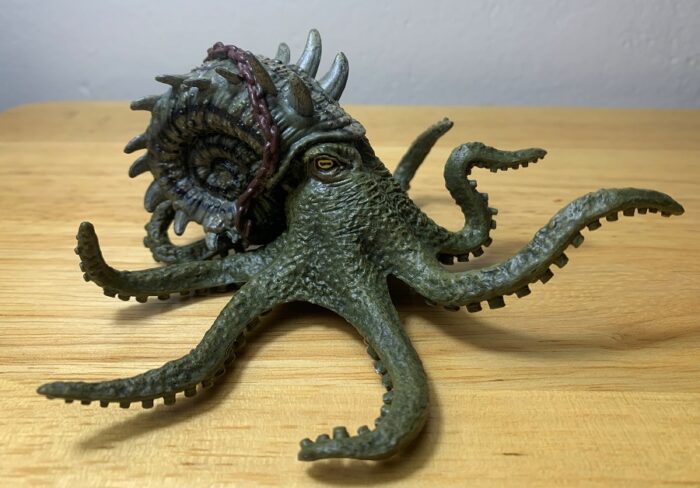The kraken (Microcosmus marinus) is a cephalopod native to northern Europe that’s renowned for its size and ship sinking abilities. Although its true size is unknown, Erik Pontoppidan, bishop of Bergen and author of Natural History of Norway wrote that the kraken is “the largest sea monster in the world…round, flat, and full of arms, or branches.
Classification: Mollusks
Grove Snail (Wild Animals by Papo)
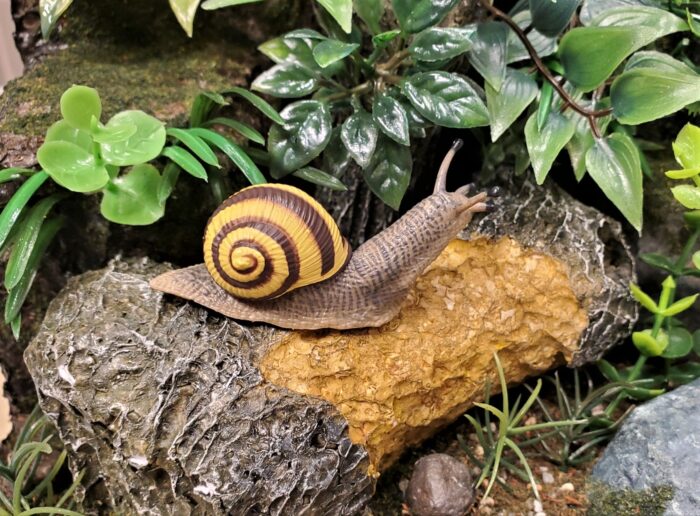
Cepaea nemoralis is a common and familiar species of land snail. It goes by several common names, including brown-lipped snail, grove snail, and lemon snail. It occurs throughout much of Europe, north to Sweden and east to Ukraine, including the islands of Great Britain and Ireland. It has also been introduced to North America (Northeast and Pacific Northwest) and Venezuela.
Winged Argonaut (Kurosio Komekko Series 1 by Kaiyodo)
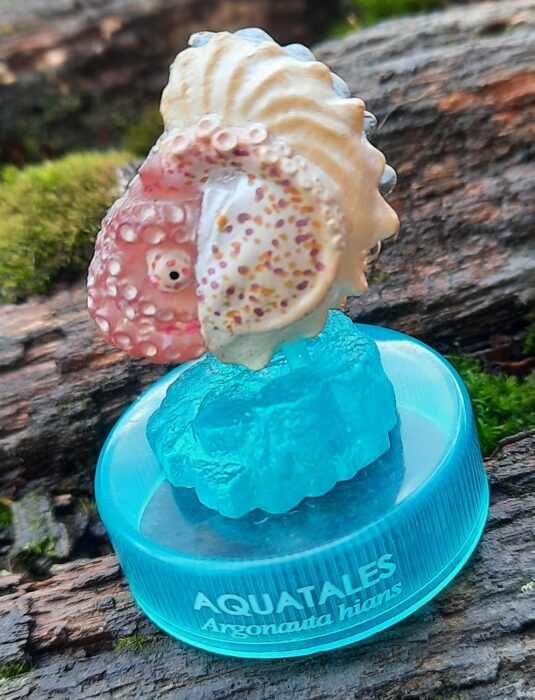
Of the various classes of animals, Cephalopoda is among the smartest and most intriguing, the tentacled forms having taken many forms over the millennia. Often there are shelled forms, like the ammonites and Nautiloids. Another, coming from the same groups as octopus, are Argonauts, or paper nautiluses, as the shelled females have very brittle shells, where as the males lack shells.
Giant Squid (Monterey Bay Aquarium Collection by Safari Ltd.)

I must have been about 7-9 years old when I was first introduced to the giant squid (Architeuthis dux) via an episode of Arthur C. Clarke’s Mysterious World, which aired on the Discovery Channel during the 80’s and 90’s. The show was about unexplained phenomena and the episode in question was titled “Monsters of the Deep”.
Giant Clam (Shellfish with a Lid Mascot Vol. 3 by Toys Spirits)
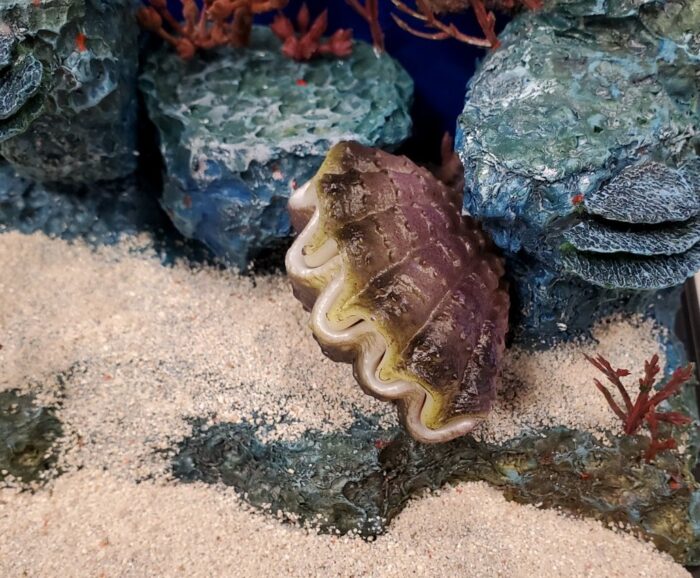
Right about the time I decided the review the Cadbury Yowie giant clam a couple weeks ago, Toy Spirits (a subsidiary of SO-TA, or vice versa) decided to produce one in the third volume of their Shellfish with a Lid Mascot series. The figure was not marketed at the species level, but I bought it hoping I could confidentially identify it as something different than the Cadbury figure which was specifically marketed as Tridacna maxima.
Giant Clam (Yowies Series 4 by Cadbury)
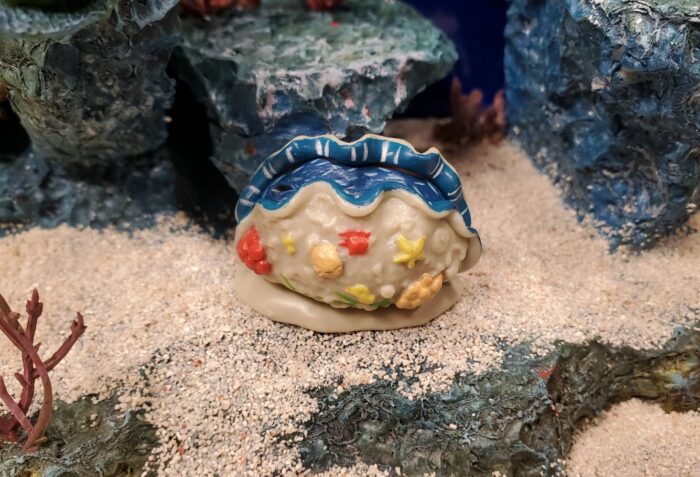
The genus Tridacna consists of large marine bivalves commonly known as giant clams. The largest, T. gigas, can be 120 cm across, weigh over 200 kg, and live for over 100 years. Today we will be looking at T. maxima, which is known as the maxima clam (although it also goes by the oxymoron ‘small giant clam’).
Vampire Squid (MIU Deep Sea Odyssey 1 by Kaiyodo)
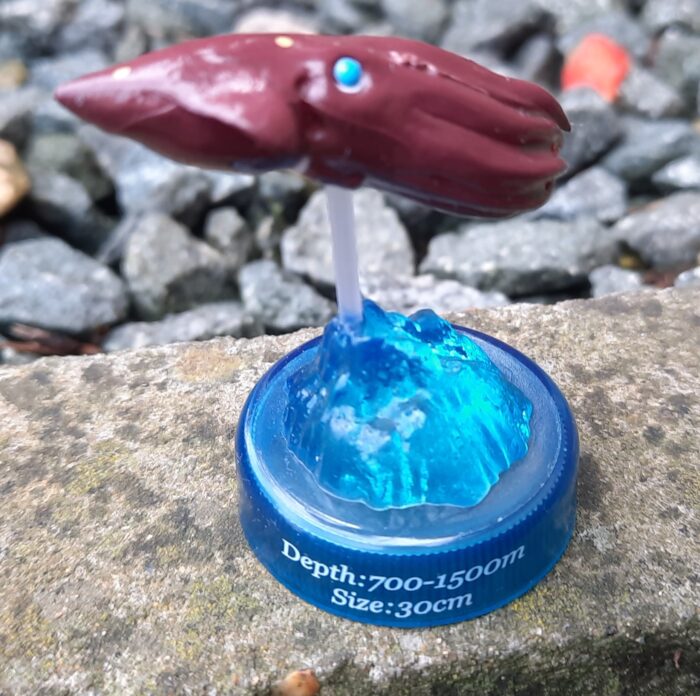
For this review, I deep dive for our October scary theme, and talk of blood sucking horrors, Vampires. In the deepest parts of the ocean, where even the sun fears to shine, live creatures of a frightening and ghoulish nature. One of these creatures floats silently through the waters, looking for prey to devour.
Snail (Wild Animals by Papo)
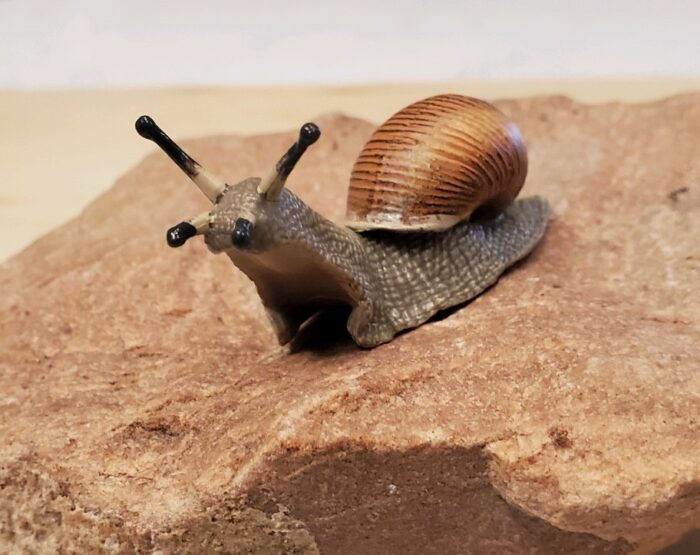
Today is my birthday and since I am getting older and slower (at least when I run lol), I am reviewing the recent snail by Papo, and thus wrapping up the Papo 2020 invertebrates. First, let’s discuss possible identities for the figure. When it was first announced, most of us assumed it was the Roman snail (also known as the Burgundy or edible snail), Helix pomatia.
Reef Squid (Incredible Creatures by Safari Ltd.)
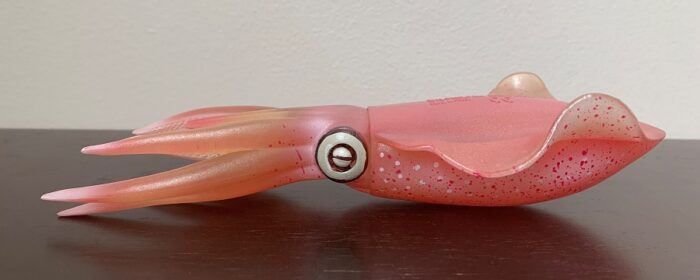
The reef squid, also known as the Caribbean reef squid (Sepioteuthis sepioidea) is a small member of the Loliginidae (pencil squid) family. At first, it might seem like a somewhat random addition to Safari’s Incredible Creatures line, just one out of over 300 squid species and with nothing particularly remarkable about it.
Common Octopus (Minatureplanet Vol. 15 by Eikoh)
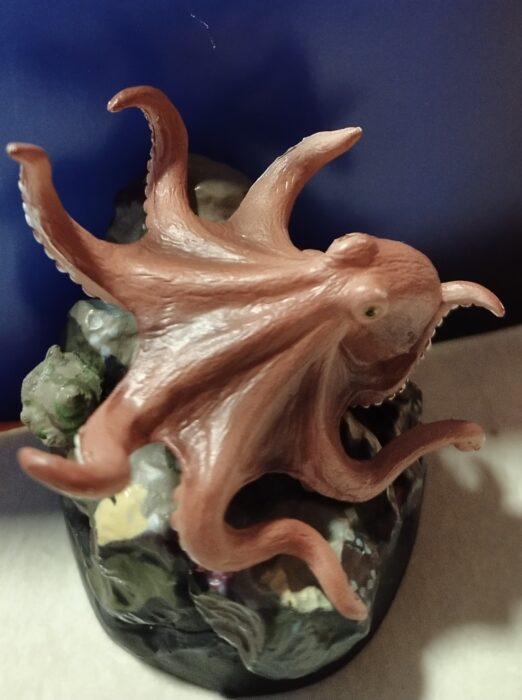
Review and images by JimoAi; edited by bmathison1972
Octopuses are remarkable animals: They have 3 hearts, blue blood, are able to squeeze into tiny spaces that are larger than its beak, change colour and sometimes texture to match their surroundings, and their most remarkable feature: intelligence. Compared to the other invertebrates, the octopus outsmarts all of them due to it having the largest brain-to-body ratio and the common octopus (Octopus vulgaris) has around half a billion neurons, two thirds of it are located in the 8 arms of the animal.
Octopus (AAA)
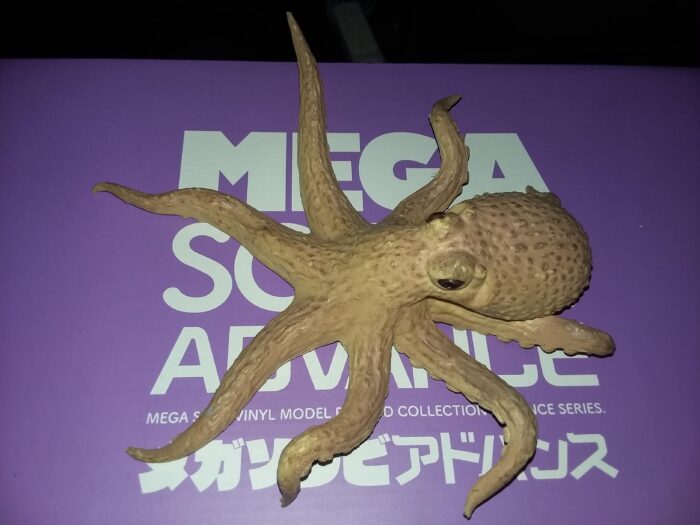
Review and images by callmejoe3; edited by bmathison1972
Today marks a return to cataloging a member of the group of eight-limbed cephalopods. The order of octopuses, Octopoda, contains 300 extant species. These creatures inhabit a wide range of habitats ranging from pelagic waters and coral reefs to the deepest parts of the oceans.
Pacific Oyster (AAA)
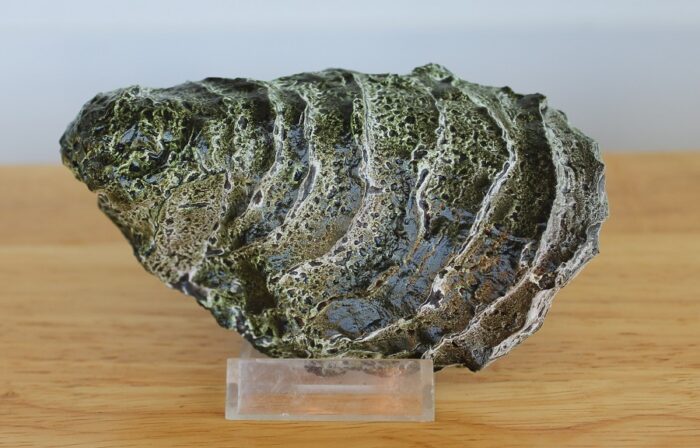
I’ve always had a fascination for my local wildlife and since moving to the U.S. state of Maryland I’ve taken a special interest in the local fauna here, including the unassuming but economically and ecologically important oyster. Although the Chesapeake Bay is most well known for its blue crabs (which I’ve covered before), the eastern oyster (Crassostrea virginica) is a significant local animal as well.

